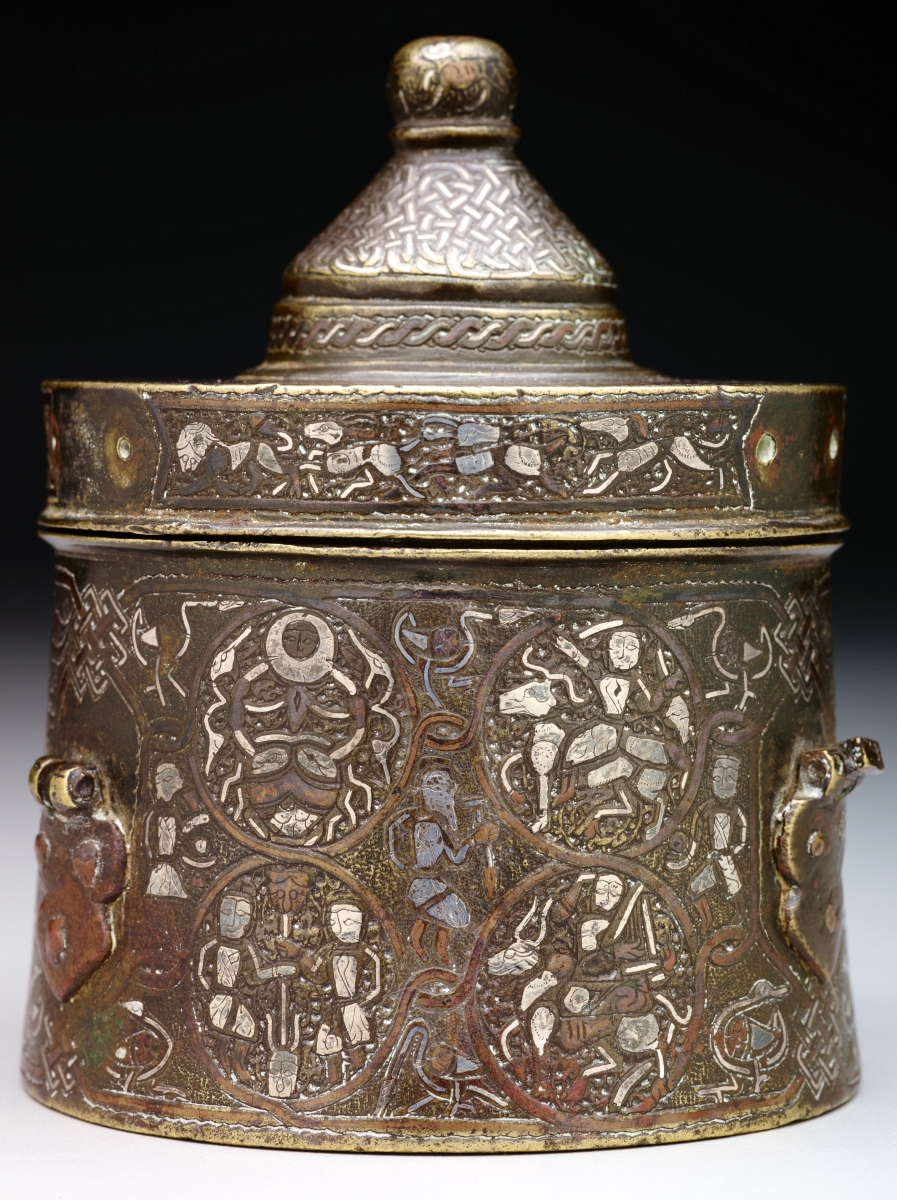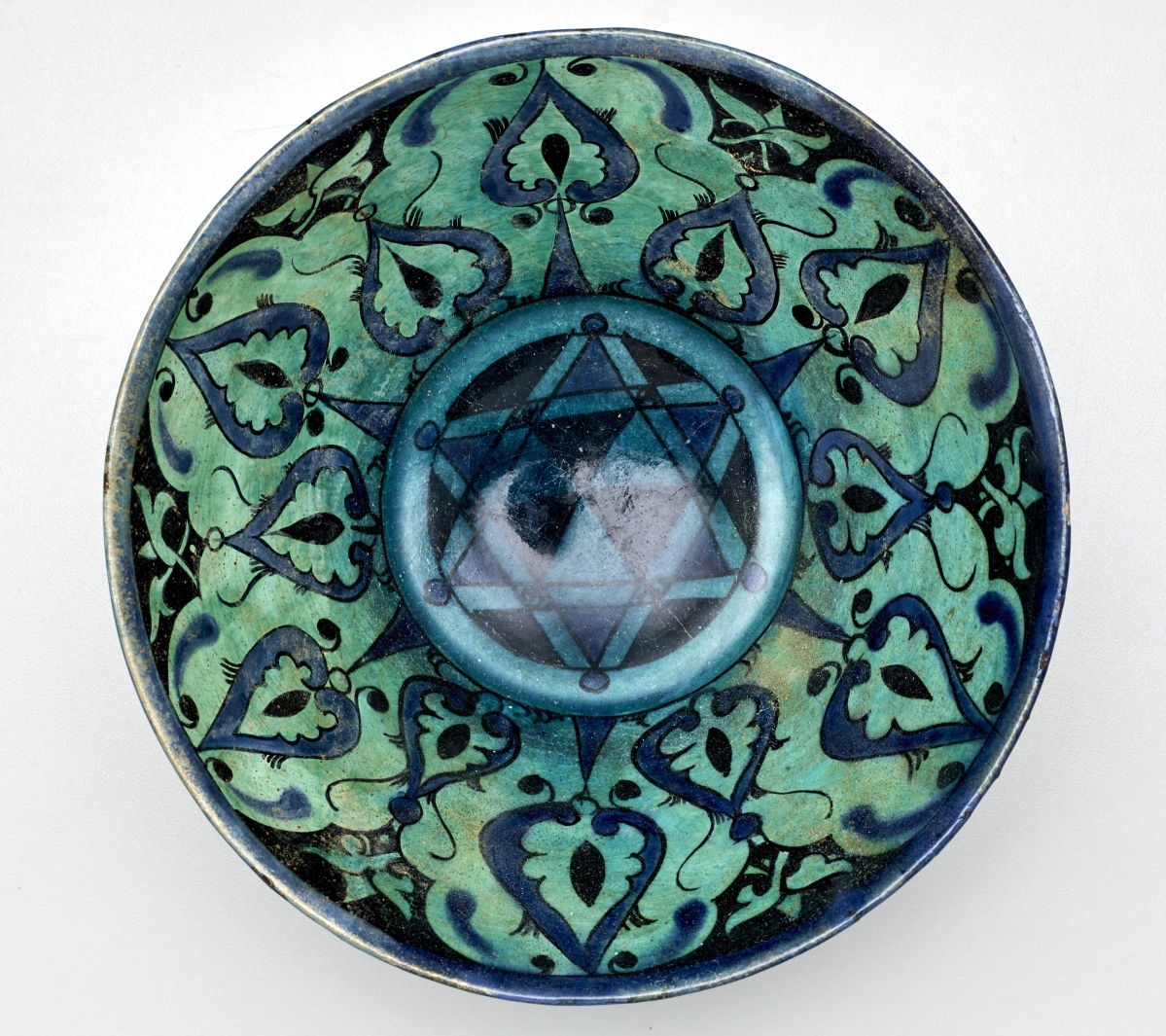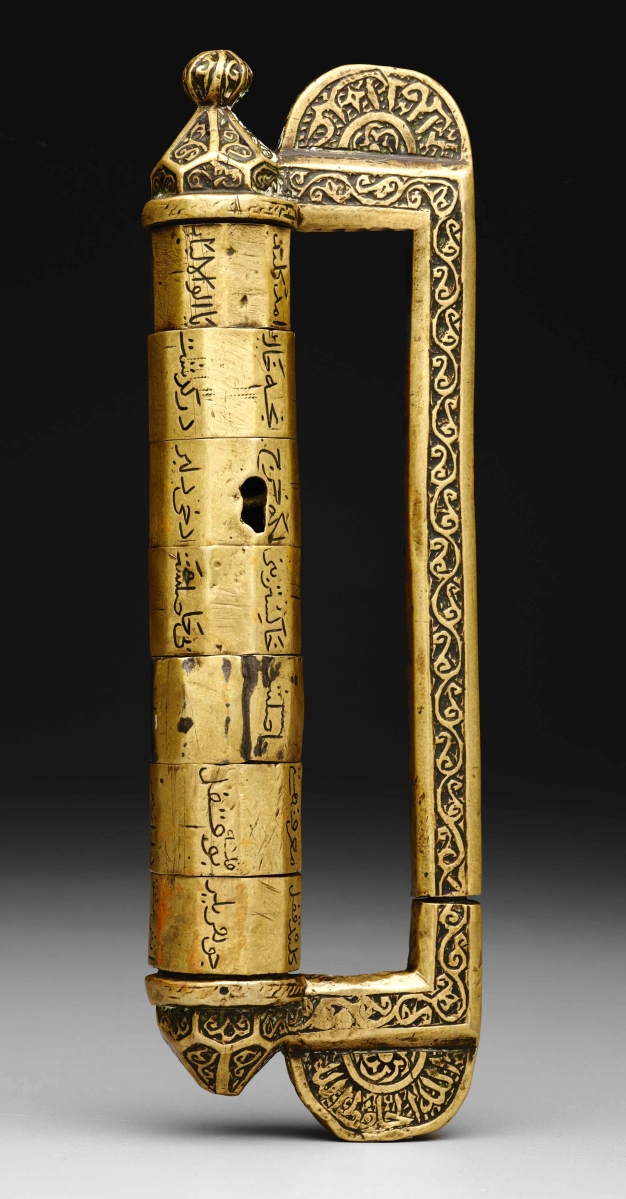DALLAS, TEXAS – One of the world’s most important private collections of Islamic art is receiving the largest public presentation in its history at the Dallas Museum of Art (DMA) with the inauguration of its Keir Collection of Islamic Art Gallery. The long-term installation opened in April and showcases more than150 works from the Keir Collection, including a substantial number of works that have never previously been exhibited.
Assembled over the course of five decades by noted art collector Edmund de Unger (1918-2011), the Keir Collection of Islamic Art is recognized by scholars as one of the most geographically and historically comprehensive of its kind, encompassing almost 2,000 works spanning three continents and 13 centuries of Islamic cultural production – from rock crystal to metalwork, ceramics, textiles, carpets and works on paper. The Keir Collection came to Dallas on a long-term loan agreement with the trustees of the Keir Collection that was finalized in 2014, transforming the museum into the third largest repository of Islamic art in the United States.
The Keir Collection’s first North American presentation, “Spirit and Matter: Masterpieces from the Keir Collection of Islamic Art,” opened here in September 2015. The new installation increases the number of works on view from the collection, which will henceforth be presented in a new purpose-designed gallery space off the museum’s concourse dedicated to Islamic art. The new Keir Collection of Islamic Art Gallery will retain several important masterworks that were on view in “Spirit and Matter.”
“As an internationally engaged institution with a legacy of fostering cross-cultural understanding, the DMA is proud to inaugurate the first dedicated gallery space for the Keir Collection, which will illuminate the artistic traditions of the Islamic world for our local and national audiences,” said Agustin Arteaga, the Eugene McDermott director of the Dallas Museum of Art. “We are grateful to have been entrusted with the stewardship of this magnificent collection, which we look forward to presenting in a dynamic new space that will showcase its unique strengths like never before.”
“Now that ‘Spirit and Matter’ has introduced North American audiences to the Keir Collection for the first time in its history, the dedicated Keir Collection Gallery will deepen and enrich visitors’ appreciation for the 13 centuries of vibrant Islamic artistic traditions that the collection encompasses,” said Dr Sabiha Al Khemir, the DMA’s senior advisor for Islamic art, who was integral to bringing the Keir Collection to Dallas. “By situating the gallery of this important collection of masterworks in a prime location on the museum’s first level, the DMA is affirming the vitality of Islamic art to its exhibition program and to the art historical canon.”

Inkwell, Iran, late Twelfth–early Thirteenth Century, bronze inlaid with silver and copper, overall: 4½ by 3-3/8 by 3¼ inches.
The Keir Collection of Islamic Art Gallery highlights particular strengths within the collection, which encompasses one of the most important holdings of luster pottery and rock crystals in the world. The gallery space displays a series of rare manuscripts and painted miniatures noted for their beauty, including a Sixteenth Century Indian Khamsa of Nizami manuscript, and pages from the 1330 Shahnama known as “The Demotte Shahnama.” The celebrated rock crystal ewer, one of only seven in the world of its caliber and the only one of its type in the United States, is also be included in this installation.
Different works from the Keir Collection will be displayed in this gallery over the course of its loan to the museum. As part of its loan agreement with the trustees of the Keir Collection, the museum is also creating the first digital archive of the collection to enhance its accessibility for scholarship and public engagement.
Named after the Eighteenth Century British mansion where it was once housed, the Keir Collection includes textiles, carpets, ceramics, rock crystal, metalwork and works on paper. Reflecting the tastes of Edmund de Unger – a Hungarian-born lawyer who began collecting Islamic art in the 1950s – the Keir Collection is particularly strong in the fields of early lustre ceramic ware, while the rock crystal – including the currently exhibited Fatimid ewer – is perhaps the most important collection of its type outside the treasury of San Marco in Venice.
Other highlights include silk textiles with their intricately drawn designs from the imperial workshops of Sixteenth-Seventeenth Century Safavid Iran, and there are distinctive examples of illuminated figurative manuscripts from the Fourteenth-Seventeenth Century. With the exception of an exhibition of some 100 works at the Museum of Islamic Art in Berlin in 2007-08, most of the collection has never been exhibited in a museum setting prior to its presentation in Dallas.
The Dallas Museum of Art is at 1717 North Harwood. For more information, www.DMA.org or 214-922-1200.















